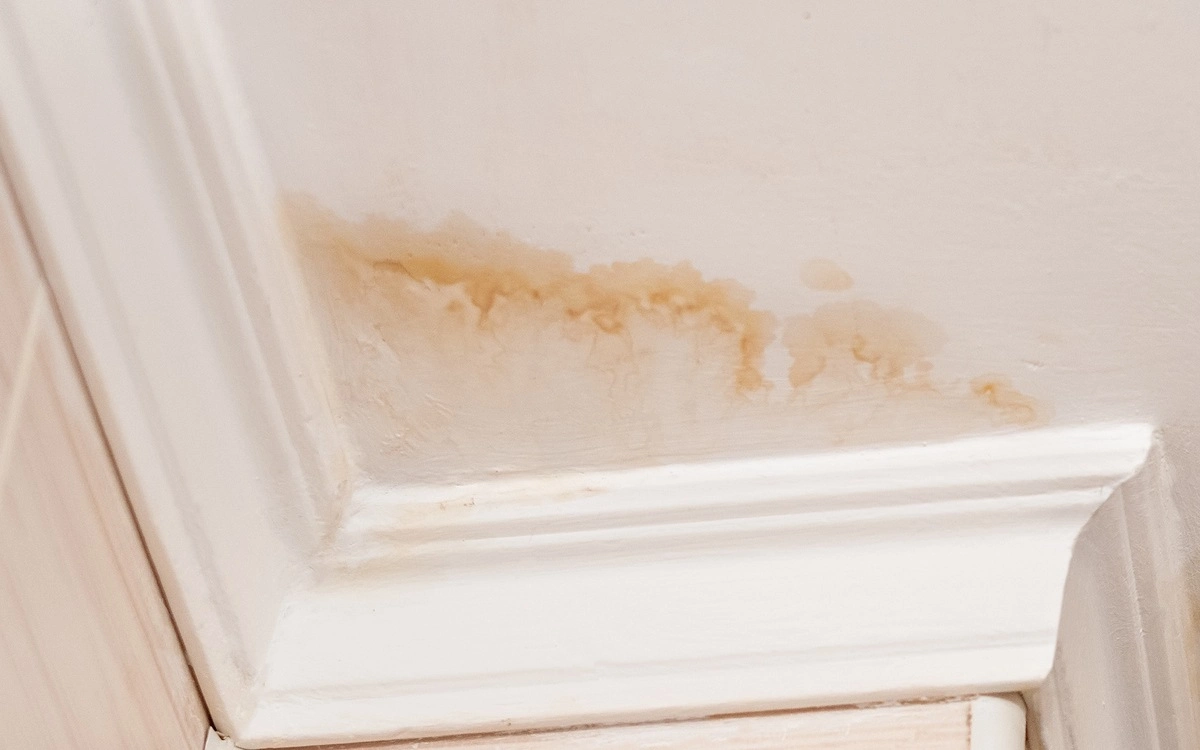revitalize your cabinets
new life for cabinets
A Luxurious Look Without a Huge Investment.
superior interior painting
The smarter way to paint
Elevate Your Home’s Inner Glow!
house painting experts that deliver peace of mind
Class up your curb appeal
Quality workmanship in every detail!
revitalize your cabinets
EPOXY FLOORS
A Luxurious Look Without a Huge Investment.
FROM OUR CUSTOMERS
ROSEVILLE CA HOUSE PAINTERS
Our surroundings can move us forward. Explore design inspiration and ideas for
revitalizing your home in our latest articles.
It doesn’t matter whether you are staying within the same color scheme or you are stepping way outside the box, painting provides you with the transformation you have been seeking. Because this change can be so visible and bold, it isn’t something you don’t want to do on your own. A painting job may look easy, but there are so many things that can go wrong – from environmental conditions to using the wrong paint for the project, and everything in between.
Allow your home to shine with the help of professional house painters in Roseville CA. Using nothing but premium paints and the appropriate techniques for the project, experienced professionals will make your colorful vision a reality. Homeowners throughout Roseville, CA have put their trust in TRICO PAINTING for bringing a new look both inside and outside their residences. Using color, we work closely with you to transform your space into your dream home – giving it the feel you imagined.
So, if you are looking for Roseville CA house painters, look no further. You’ve found a top-rated solution with a long list of satisfied customers.




WE AIM TO BE THE GOLD STANDARD
A New Gold Standard in Home Painting in Roseville & Sacramento
Are you looking for experienced house painters to take care of your home’s interior and exterior painting needs? Look no further than TRICO PAINTING! We have been providing superior-quality painting services to homeowners since 2009.

Timely, Professional, Clean & Detailed Crew

Licensed & Insured Contractors

Minimal Disruption To Your Family Life

Family-Run Business
ROSEVILLE CA HOUSE PAINTERS
Looking for experienced house painters in Roseville, California?
TRICO PAINTING should be your go-to painting contractor.
We are renowned for delivering exceptional customer service and treating each client’s home as if it were our own. With the utmost care and respect. Rest assured you’ll receive nothing but outstanding quality when you choose to work with us.

BRIGHTEN UP YOUR HOME IN 3 EASY STEPS

Contact us by calling or
filling out the form.

Book your free no-obligation
on-site consultation.

Schedule a start time that’ s
convenient for you.


EXPERIENCE
THE TRICO DIFFERENCE
Are you looking for experienced house painters to take care of your home’s interior and exterior painting needs? Look no further than TRICO PAINTING! We have been providing superior-quality painting services to homeowners since 2009.
- Preparation is paramount.
- Our customers deserve the highest quality paintwork.
- Premium paints are the only way to provide first-class results.
- Clean workspaces contribute to pristine results.
- There should be no surprises — we keep you informed.
- Projects should be completed on-time.
- We promptly respond to customer requests.
- Your satisfaction is important to us.
IDEAS & INSPIRATION FOR YOUR SPACE
Our surroundings can move us forward. Explore design inspiration and ideas for
revitalizing your home in our latest articles.

How to Make Builder-Grade Cabinets Look Custom (Without Replacing Them)
Your kitchen feels dated. The cabinets scream “builder-grade,” and every time you walk in, you wonder if a full remodel is the only answer. Here’s the truth: professional cabinet painters can turn those basic boxes into something that looks like it belongs in a designer showroom-without the $30,000 price tag of new custom cabinetry. The
Paint Drying Time Between Coats: A Simple Timing Guide for Better Results
You just finished rolling on your first coat of paint. The walls look good. You’re
Before You Paint to Hide Ceiling Stains: Know What Actually Works (and What Doesn’t)
You’re staring up at those ugly yellow-brown stains on your ceiling, wondering if a fresh
How to Make Builder-Grade Cabinets Look Custom (Without Replacing Them)
Your kitchen feels dated. The cabinets scream “builder-grade,” and every time you walk in, you…
Paint Drying Time Between Coats: A Simple Timing Guide for Better Results
You just finished rolling on your first coat of paint. The walls look good. You’re…
Before You Paint to Hide Ceiling Stains: Know What Actually Works (and What Doesn’t)
You’re staring up at those ugly yellow-brown stains on your ceiling, wondering if a fresh…





WE PROUDLY SERVE THE FOLLOWING AREAS
- Roseville
- Rocklin
- Lincoln
- Loomis
- Penryn
- Newcastle
- Granite Bay
- Folsom
- El Dorado Hills


